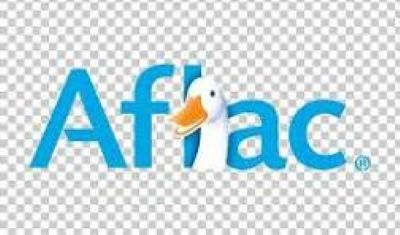A Comprehensive Guide to Life Insurance Planning for Nevada Business Owners
Understanding the Basics of Life Insurance
As a Nevada business owner, your role extends beyond managing daily operations; it includes planning for the future. One of the key aspects of this planning is life insurance. Life insurance provides financial security for your family and business in the event of your passing. It ensures that your loved ones and business partners are not left in financial distress.
Life insurance policies generally fall into two categories: term life insurance and permanent life insurance. Term life insurance covers a specific period, while permanent life insurance offers lifelong coverage, often including an investment component. Understanding these basics helps you make an informed decision suited to your needs.

Assessing Your Life Insurance Needs
Determining the right amount of coverage is crucial. Begin by evaluating your current financial obligations, including personal debts, mortgage, and any business liabilities. Consider future expenses such as college tuition for your children and the income replacement needed for your family.
For business owners, it's important to factor in any buy-sell agreements or key person insurance needs. A buy-sell agreement ensures that your business can continue smoothly in case of your demise, while key person insurance provides funds to cover the loss of a crucial team member.
Consulting with a Financial Advisor
A financial advisor can provide valuable insights tailored to your specific situation. They can help you analyze various policies and choose one that aligns with your financial goals. Collaborating with a professional ensures that you are not underinsured or overpaying for unnecessary coverage.

Understanding Policy Riders
Policy riders are additional benefits that you can add to your life insurance policy for enhanced protection. Common riders include waiver of premium, which allows you to skip premium payments if you become disabled, and accelerated death benefit, which provides early access to funds in the case of a terminal illness diagnosis.
Evaluating these riders is essential because they can offer significant advantages depending on your circumstances. Always read the fine print and understand the terms and conditions associated with each rider.
Application Process and Underwriting
The application process for life insurance typically involves filling out forms, undergoing a medical exam, and providing detailed information about your health and lifestyle. The insurer then assesses your application through a process called underwriting to determine your premium rates.

Being honest and thorough in your application can prevent issues later on. Misleading information could lead to a denial of claims, so it's critical to be transparent about your health history and lifestyle habits.
Reviewing and Updating Your Policy Regularly
Your life circumstances and financial status may change over time, making it essential to review your policy regularly. Births, marriages, business expansions, or significant purchases can all impact your life insurance needs.
Set a reminder to review your policy annually or after major life events. This proactive approach ensures that your coverage remains adequate and that you are not paying for unnecessary benefits.

